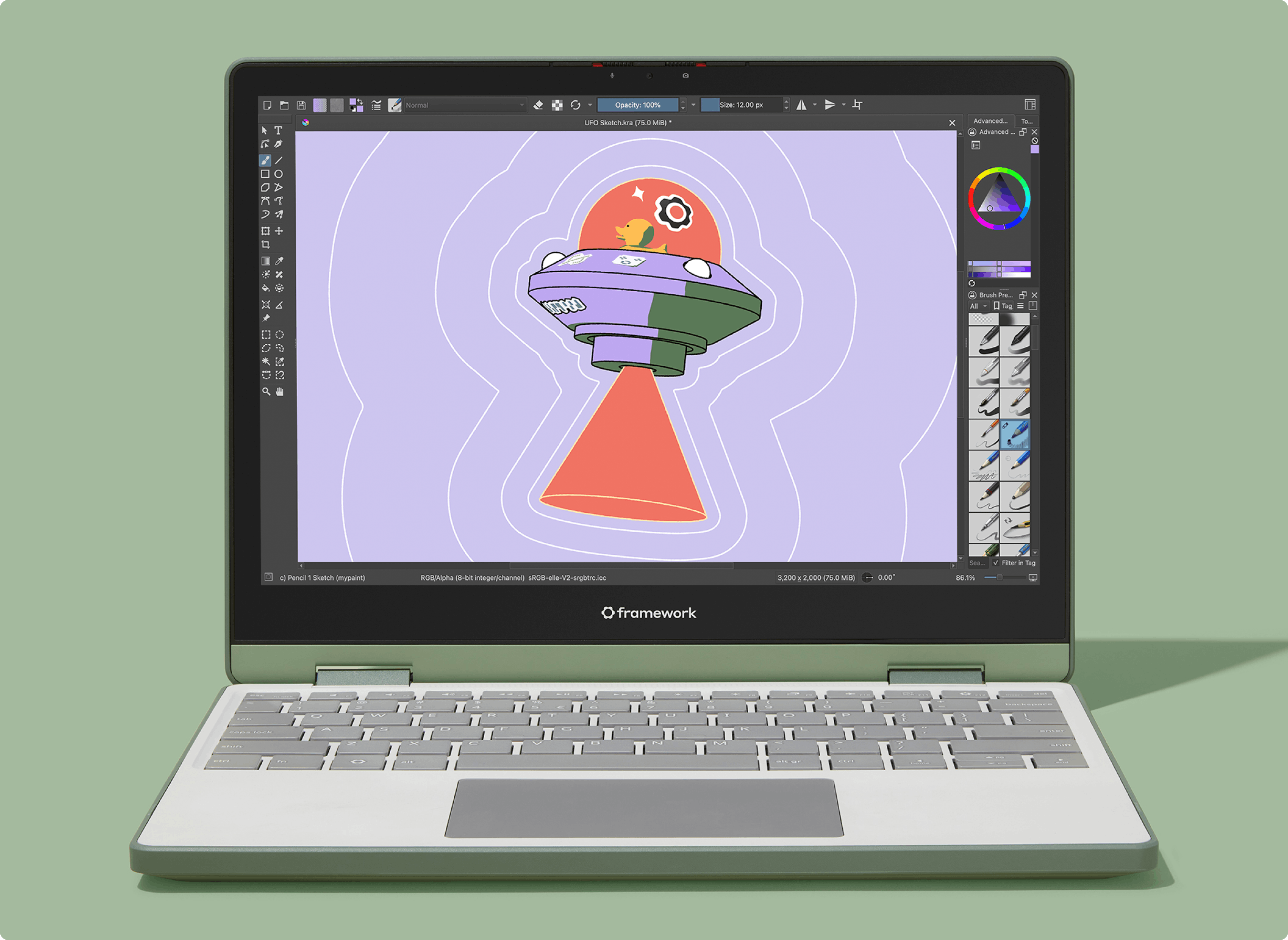The Xenolab Rasp Pi Monitor is a cutting-edge, semi-autonomous biosurveillance module engineered for the precise care and observation of exotic carnivorous flora.
⚠️ WARNING: MONITORING TRIFFIDS
The Xenolab Rasp Pi Monitor is not certified for use with Triffids or other semi-sentient, ambulatory flora. Historical data suggests a high incidence of operator attrition and catastrophic habitat compromise when engaging with such species. While the system may successfully log preliminary biometric data, prolonged monitoring is statistically correlated with acute reductions in observer longevity.
— Xenolab Safety Directive 12.4B
It's just past 8AM so it's about 50% though simulated sunrise.
Main features:
- Rasp Pi 5
- 7" 800x480 Touchscreen
- Temperature Monitor
- Humidity Monitor
- Fan to simulate wind
- 24 R,G,B LED for light
- Soil Moisture Sensor
- USB relays so the Rasp Pi can control all of the sensors / fans etc
I wanted to have some fun with 3D printing and electronics, which gets me away from my normal day job running Atomic Tessellator (https://atomictessellator.com). There are lots of aspects of this project that are wildly impractical and over-engineered and done just for fun.
I'm really new at CAD, this was my first time. It's ok, you can laugh at my designs.
I used the wonderful tinkercad.com because I found that to be the most intuitive.
Setting up the RASP Pi 5s and testing some sensors
Fresh from the 3D printer!
Coated in black because it looks better
Starting to wire up the relays and power and sensors
Power-on tests
Sensor integration tests
Finished connecting all the sensors up
Finished and running!




















 English (US) ·
English (US) ·